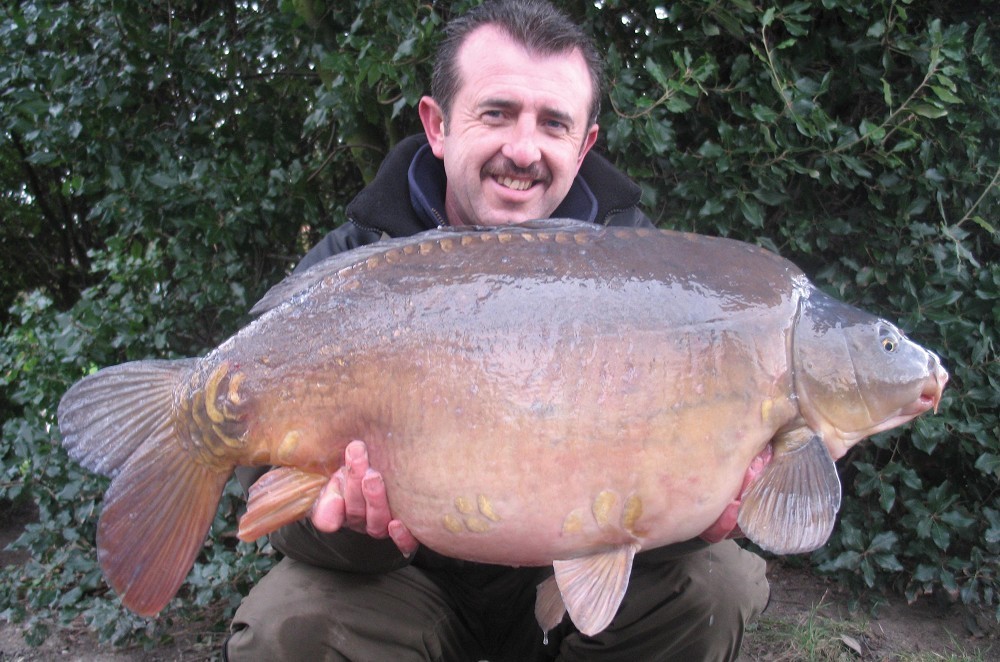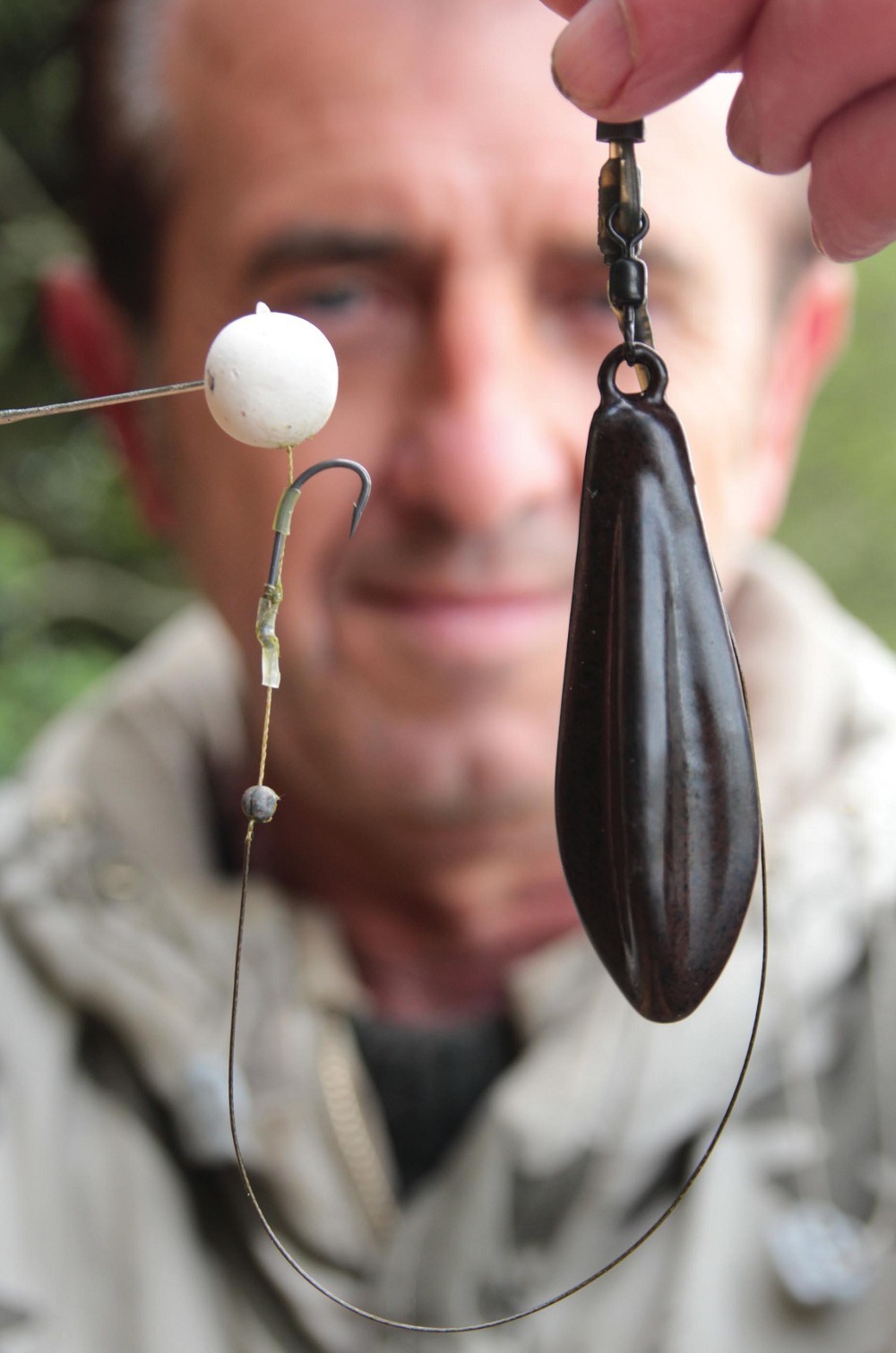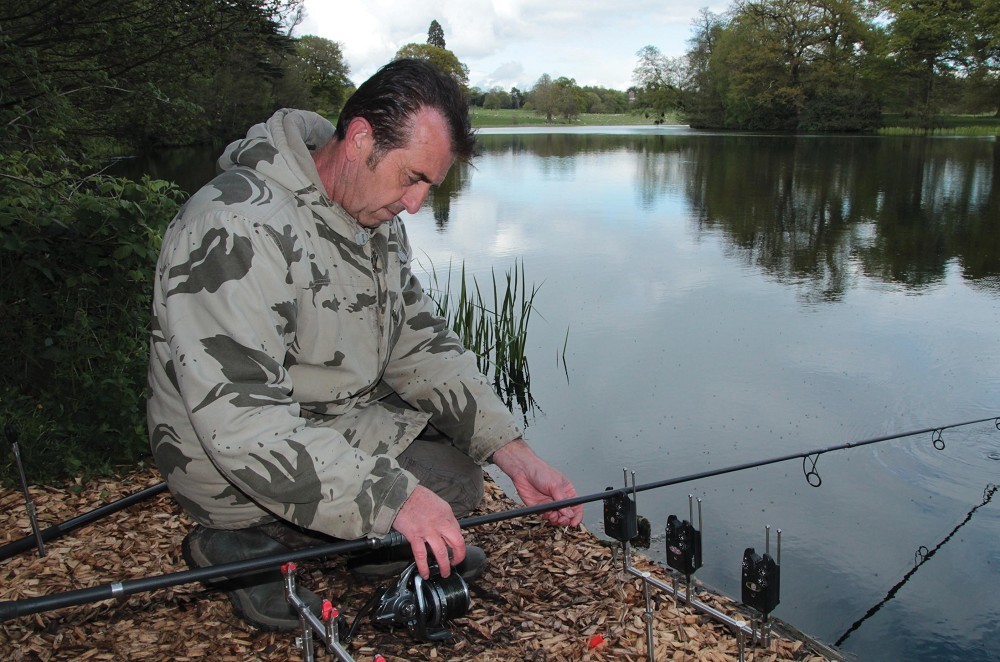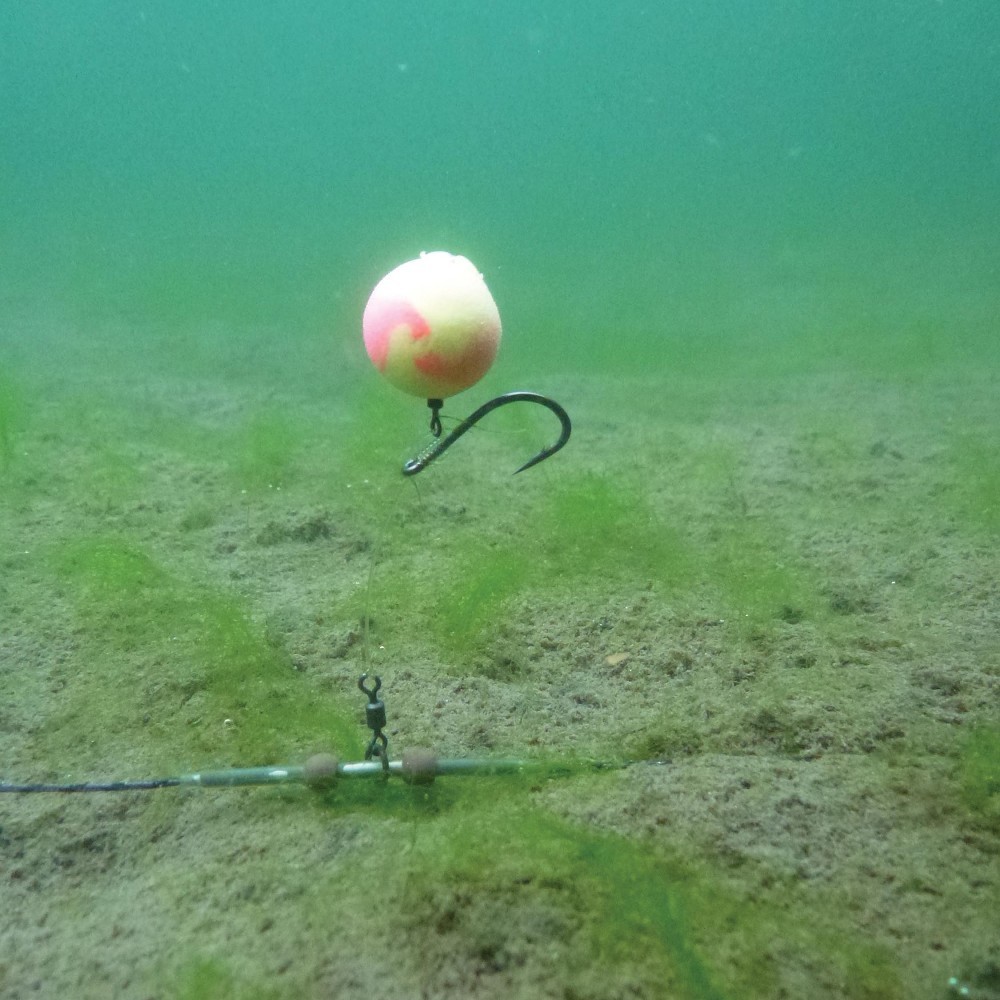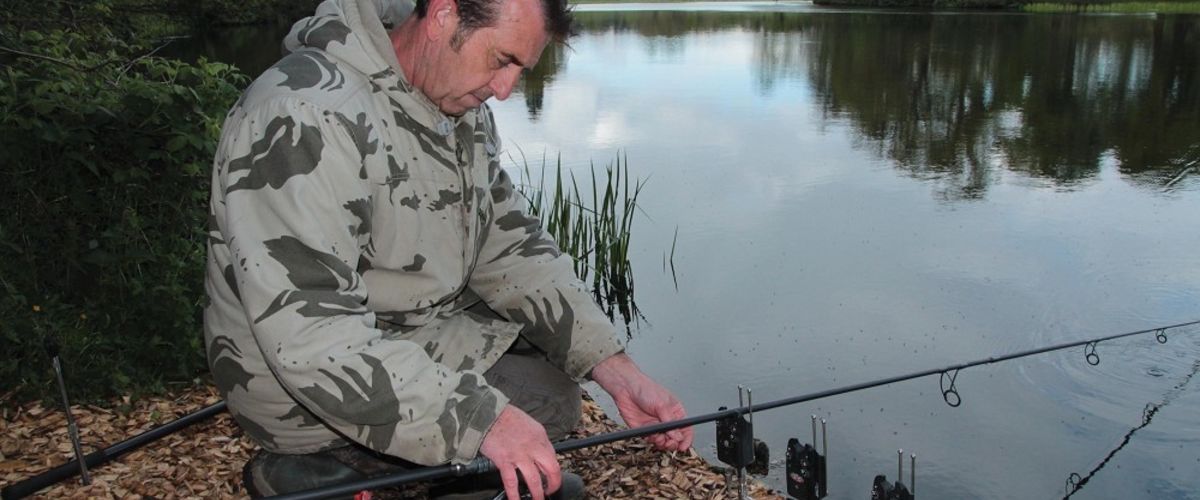
The effectiveness of favoured rigs...
Frank Warwick and Nigel Sharp give their thoughts on rig mechanics...
Q: What are your thoughts on rigs turning - for instance, when carrying out the Palm Test - when the bait’s picked up from behind with fish approaching from the lead end, rather than the perfect scenario, from the boilie end? Do you think the same rig mechanics work as well with rigs such as the Amnesia D-Rig, which seem to be so popular right now? Ben Wigfield, via email
Frank Warwick
“Firstly, I remember Mick Kavanagh’s original Stiff Rig worked very well with bottom baits and I recall thinking at the time, I wonder how it behaves if a carp attempts to pick it up when approaching from the lead side, with the bait and rig facing away from its mouth? You may remember that Mike used to recommend a stiff Amnesia hooklink of some four-inches, depending on the bottom strata. He also though, used a loop in the Amnesia so it acted as a hinge and could lift when a carp mouthed it.
“I’d suggest there must be an element of a stiff boom impeding clean entry of the rig in the carp’s mouth occasionally, but the anti-eject aspect quite possibly evens things up.
“Don’t forget that carp are sifters and don’t approach a bottom bait, wafter or indeed pop-up hookbait on a level keel, so to speak; they upend, head-down and tail-up to varying degrees and mostly suck the hookbait into their mouths. With their eyes on the side of their head (monocular vision), they have a blind spot as they close in on the bait and take it in by feel alone - just as we see when they slurp at floaters, often missing several before they finally succeed. This tends to be without much finesse, and they spit out any unwanted rubbish constantly (non-food items), so I don’t think rigs with a stiff boom are rendered ‘untakeable’ easily.”
“I think carp, once they suck a bait in, are prone to being nicked as they clamp on it, or as they then feel something alien in their mouth (the rig or hooklink) and will then endeavour to eject it very quickly. In my opinion, they do this quite successfully most of the time - perhaps more than we generally imagine - and the rig’s success or failure in finding a hook-hold is dependent on several factors.
“I favour rigs that sit with the hook point looking to catch and grip in this short window of opportunity, so anything that incorporates this feature would be my chosen approach… line-aligners help, long-shank hooks want to turn quickly and the hookbait on a Spinner/Ronnie Rig also turns very well.
“The Palm Test is often carried out in the bivvy during rig making. The rig would behave differently in water of course, where it can swirl with turbulence in a carp’s mouth. The test does though, offer some clue as to a rig’s turning efficiency and obviously there’s nothing stopping you conducting rig tests in water to see how it does in fact behave in the different medium.
“Most rigs that include stiff booms have a hinge at the hook end, as with coated stiff links. Most anglers use these stripped to the last inch or two, so no matter where a carp approaches from, that important last inch or two is works viably to gain hold. Let’s face it, most hooklinks like Amnesia 30lb, and even coated links unstripped at the hook, will bend and lift enough for a carp to mouth the bait and rig.
“As I always say, endeavour to do comparisons on three rods, with one on a supple hooklink. This will soon show if carp are wising up when they encounter stiff or boomed rigs on a regular basis. As we know, not many carp anglers use soft, braided hooklinks any more but my mates, Simon Crow and Nick Burrage do… is that not reason enough to try supple braided rigs?”
Nigel Sharp
“The Palm Test only works for ‘turn and grab’ type rigs, which are best fished over a wide baited area of boilies, or shorter hooklinks fished over spod mixes. The D-Rig’s mechanics work completely differently and is more about having a large hook dropping aggressively once the hookbait’s picked up. It definitely seems to work better with short hooklinks coupled with larger leads. With pretty much everyone heavily baiting the same old spots with Spombs these days, I’ve found the D-Rig seems to be more effective than a rig that has to be pulled tight because of its turn-and-grab feature. I’ve also seen fish eject this style of set-up without even pulling the rig tight… something I’ve never seen happen with a D-Rig.”



